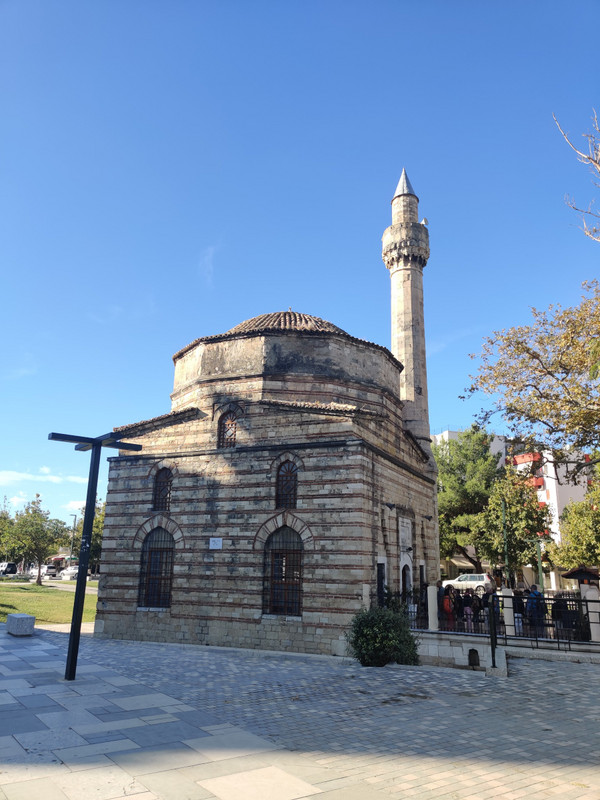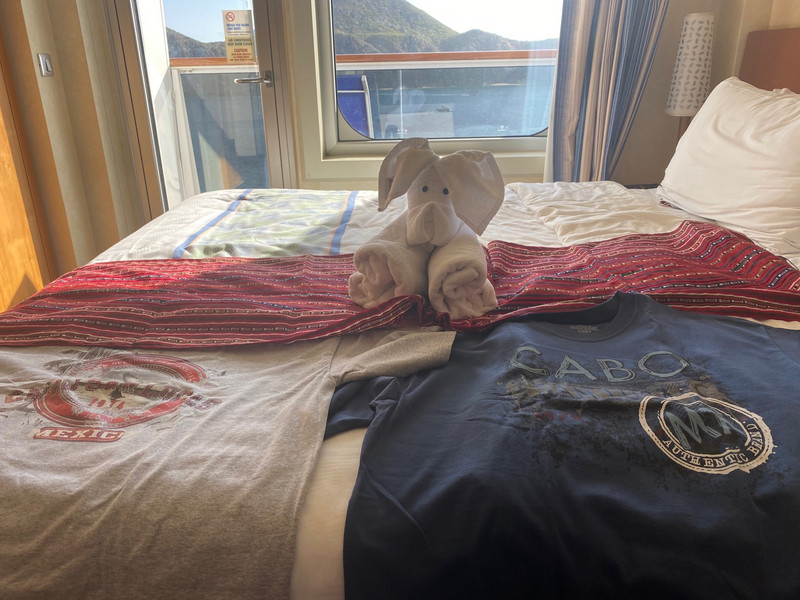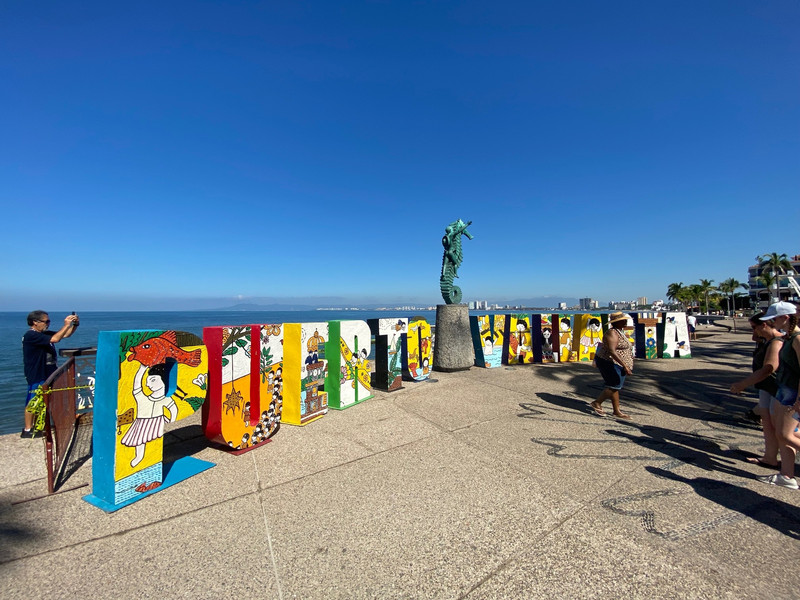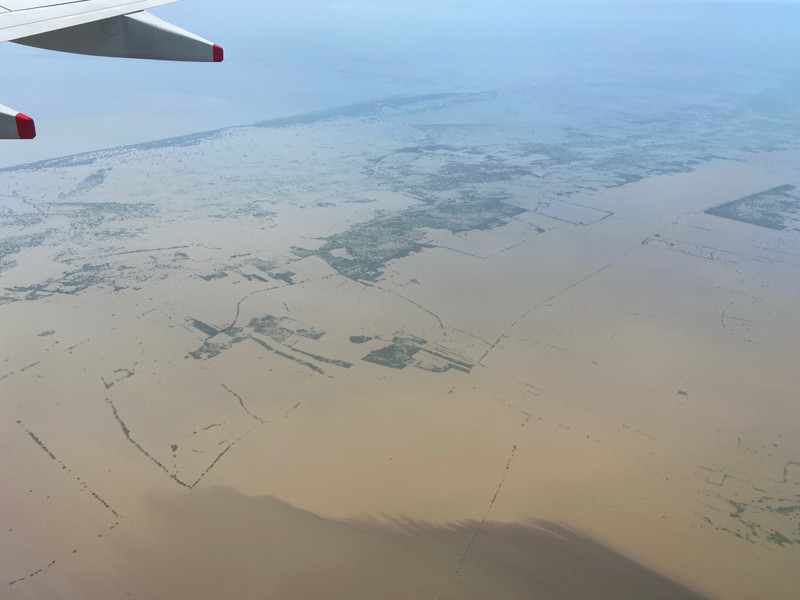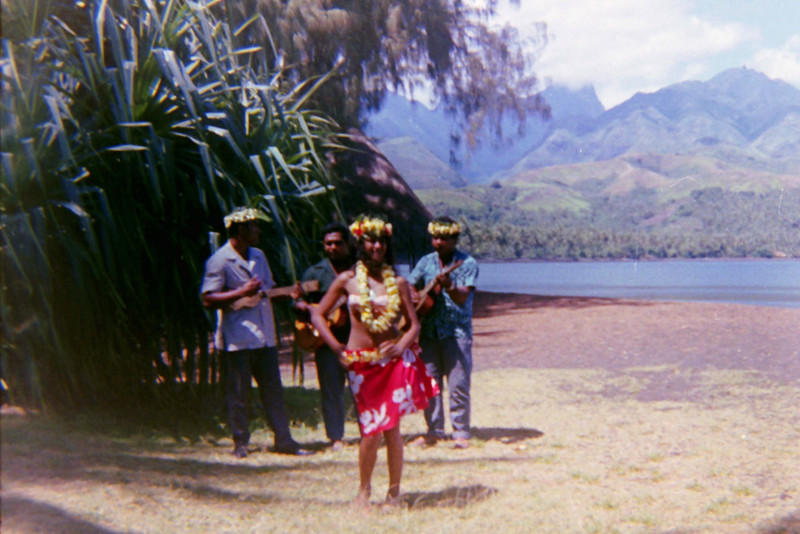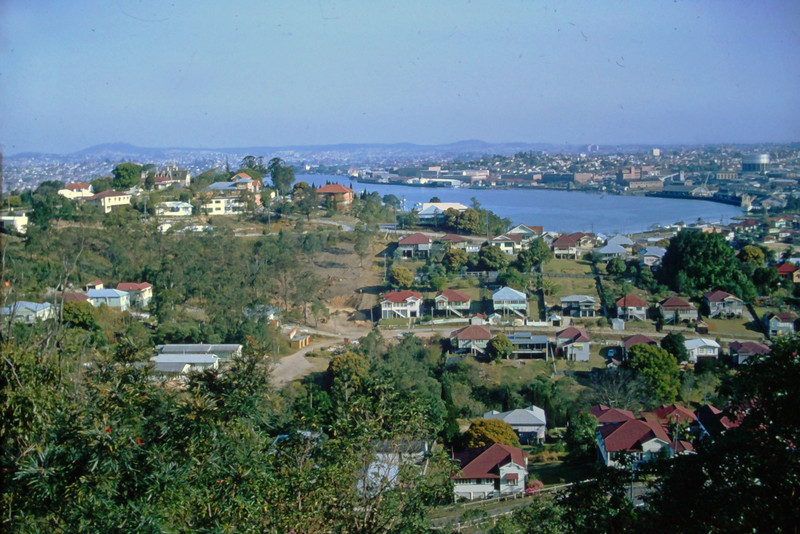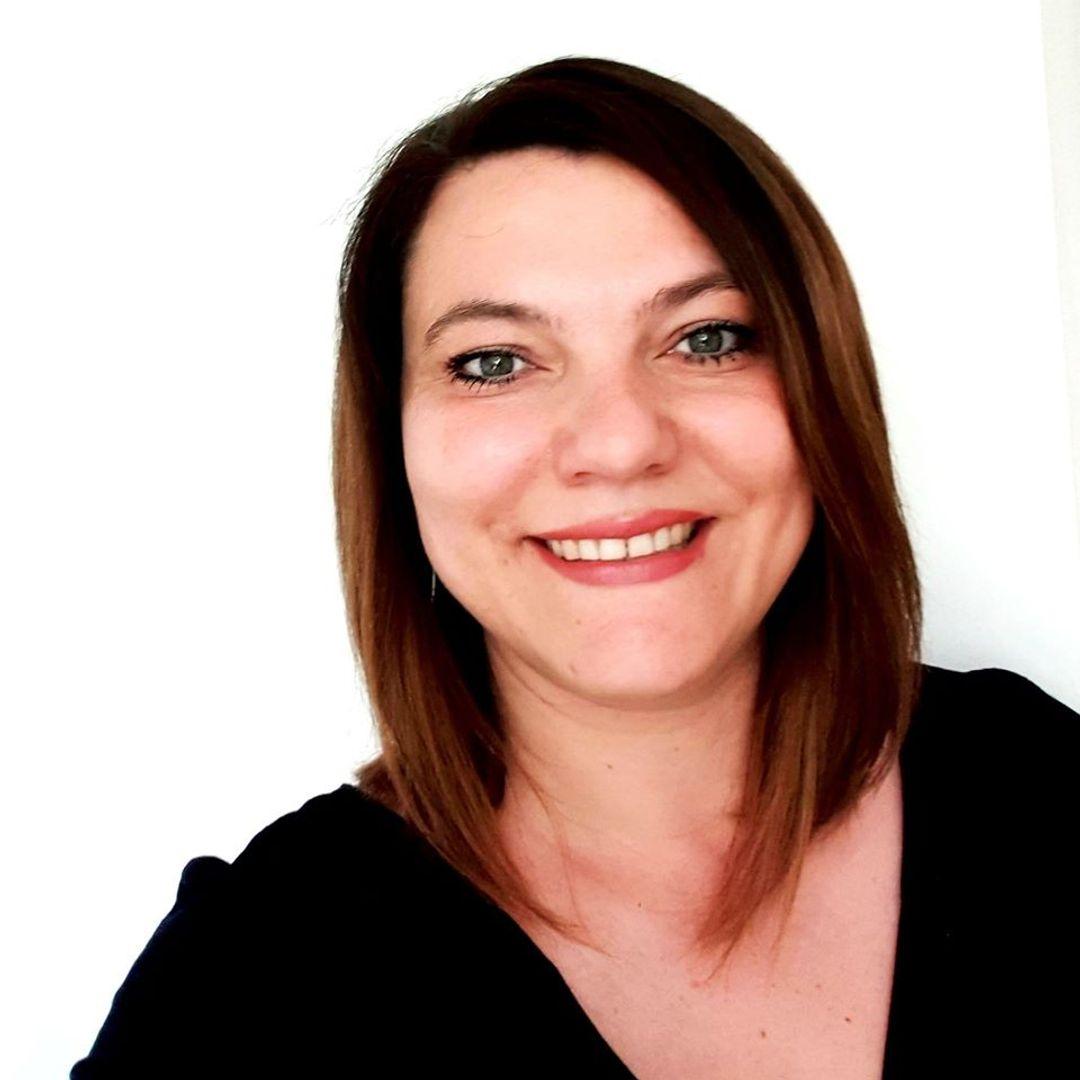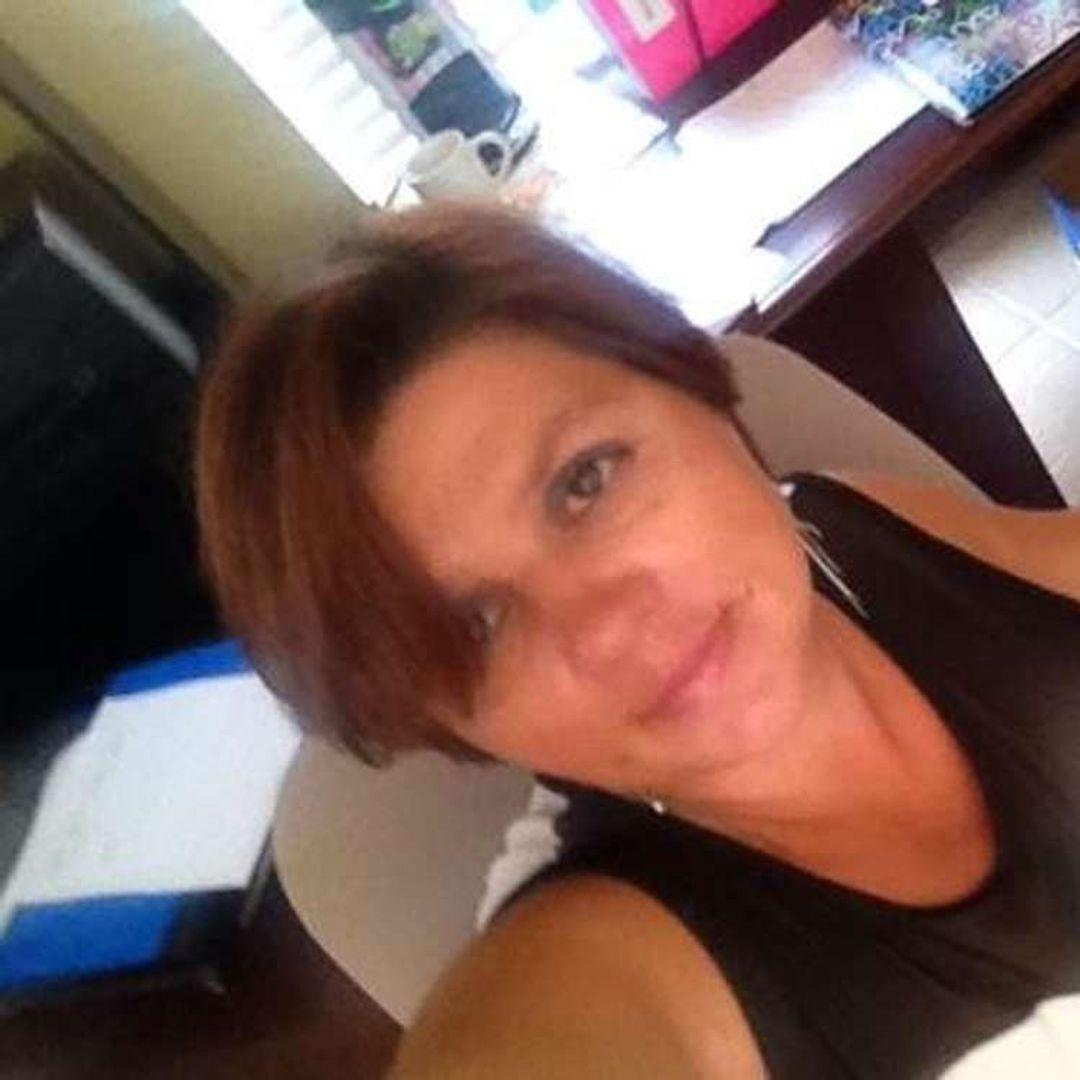Monday - in the morning, after the previous evenings the setting of the hotel looked positively idyllic. What a shame that the hotel breakfast was the worst of the trip - fried eggs which had been fried some time earlier and then just left out on a cold plate anyone? (OK, yes there were other things too but nothing appetising).
Dropping down the mountain side we stopped at the coastal town of Vlore for a coffee stop... and an opportunity for a nice pastry to make up for the appalling breakfast.
Flag Square in Vlore was where the Albanian flag was raised in 1912 when Albania became independent, represented by an impressive monument erected during era. So, although the monument celebrated events in 1912 the figures shown, in pose and in dress style, are distinctly communist triumphant in design.
Vlores other main claim to fame is in the Civil War of 1997 bought about by the collapse of widespread financial Ponzi or Pyramid schemes.
In essence, after the fall in 1991/92 there was something of a financial free for all. Several chancers, including government officials, set up investment schemes offering ridiculous
At its height, around 1996/97, of Albanias population were invested in such schemes. People had sold their houses, invested monies from overseas,....
It was clearly not sustainable and the government pulled the plug on the schemes. The population collectively lost $1.2 billion, or $400 per person, at a time when monthly earnings were around $80.
After increasingly angry protests rioting broke out in Vlore leading to a countrywide civil war. During the unrest, January to July 1997, over 2000 people died. Eventually UN troops were sent in to restore order, and new elections were held.
Founded in 585 BC, and dedicated to the god Apollo, it became Caesars stronghold during the civil war with Pompey. The site contains around 1100 years of history, and was abandoned in the 5th C.
The most impressive feature on the site is the bouleuterion, a facade with 6 corinthian columns thought to date back to the 2nd C AD.
Only around 8% of the site has been excavated, and even that small percentage has yielded an impressive array of artefacts, displayed in the museum.
Amongst these is a reconstructed bronze shield. When found it was in over 8100 pieces and it took around 27 years to reconstruct. After reconstruction it then just ended up in a cupboard in Tirana for several years before being rediscovered.
Our overnight stop was at Berat, a fortress town, straddling the River Osumi overlooked by its castle above. Arrival timing was such that we could have a guided walk of the lower areas on both sides of the river in the late afternoon, and then a guide around the actual inhabited fortress in the next morning before moving on.
The one over one windows city (though the vernacular can also translate as the thousand windows city) because of the way the houses are built up the hill side, with lines of
The White City - not because so many of the houses are painted white but because the main building material is a very white stone.
The city had a very lively promenade area along the river lined, of course, with bars and restaurants, which were ideal for dinner that evening.
Tuesday morning was a couple of hours around the fortress itself. Alfred had offered on Monday to walk up with anyone who wanted to get up there that way.
Berat Fortress, dating from 13th C, is inhabited within its boundary walls. There are many houses and streets. Also many churches and mosques in various stages or decayed - up to 20 or more at some stages.
We visited the Church of Santa Maria, built in 1797 over the remains of an older church. It is one of the most representative monuments of architecture in Berat.
The iconography and frescoes in there was along with 14th C wooden carvings. In addition there was also (another)
The rest of what we saw up there is either viewable only from the outside, or in ruins.
